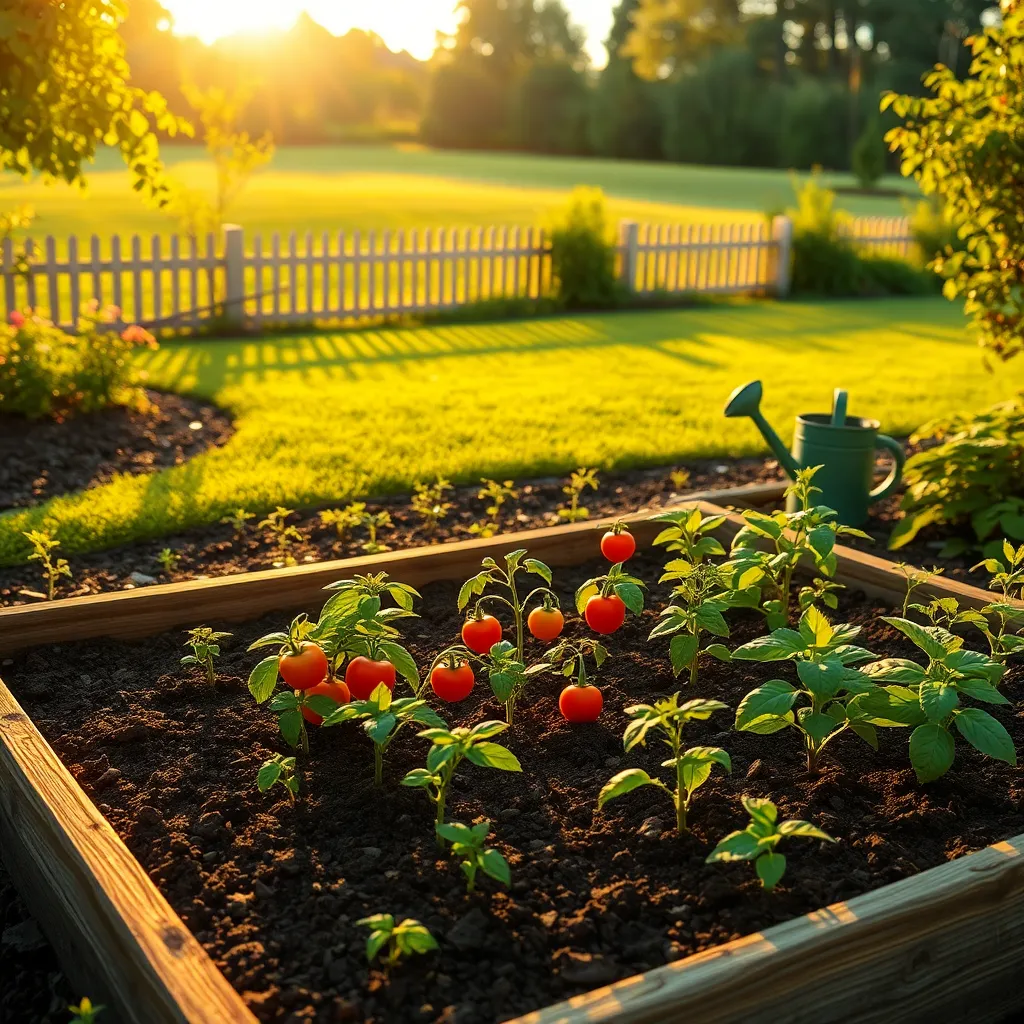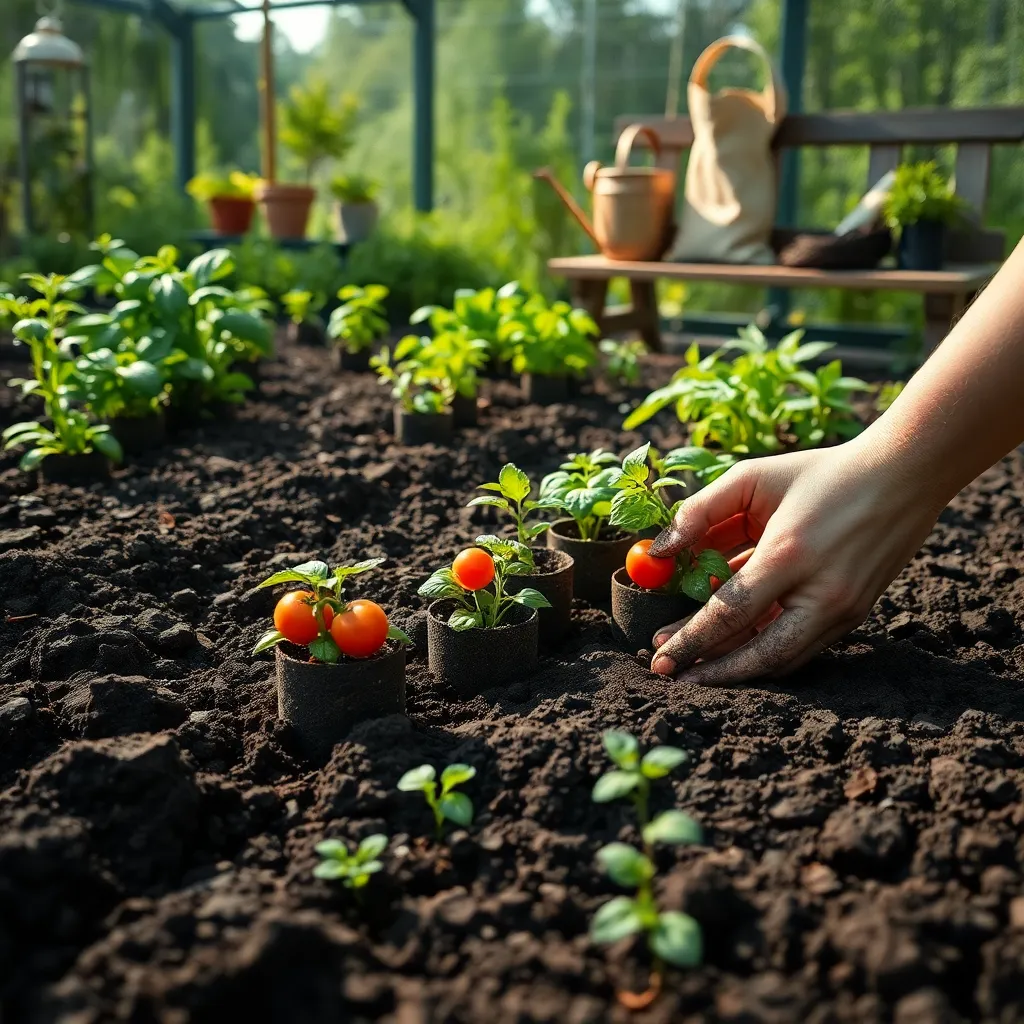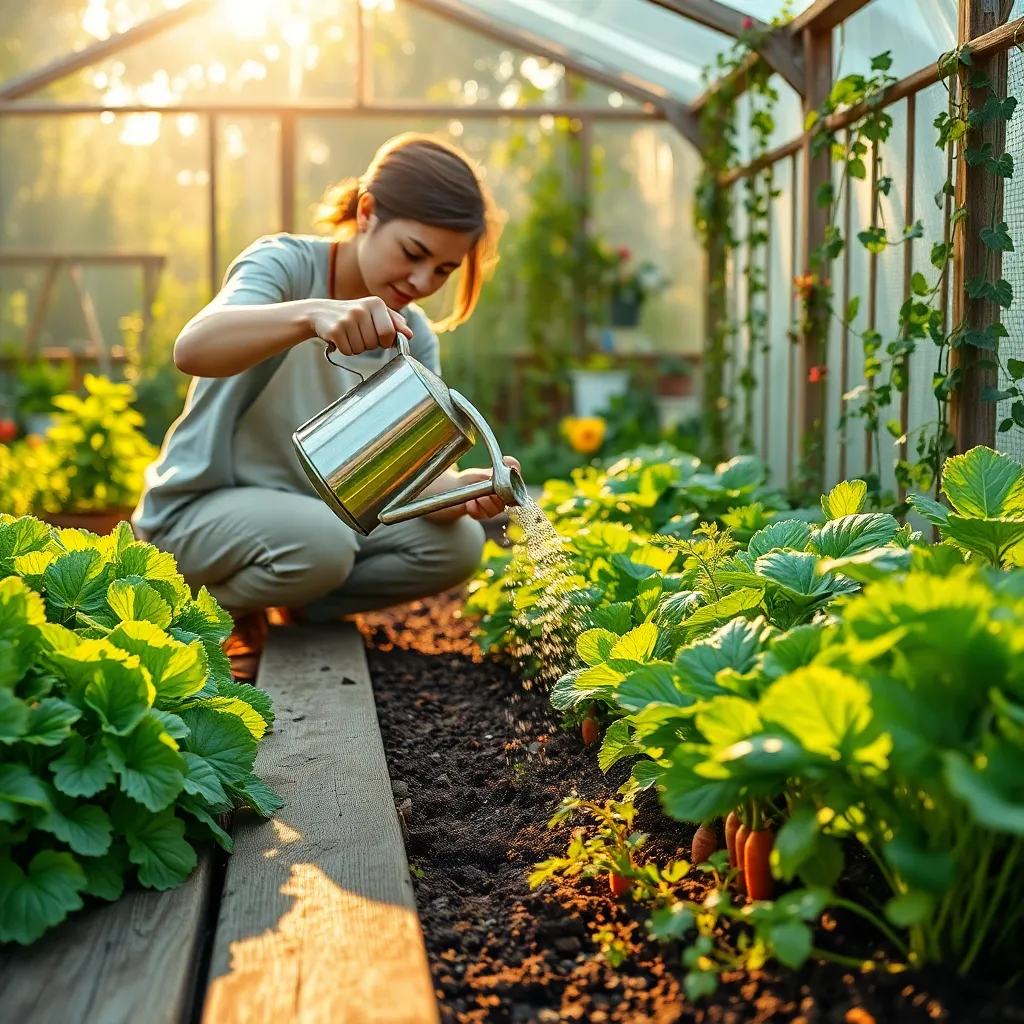Whether you’re a seasoned gardener with a well-thumbed almanac or a novice eager to dig into the earth for the first time, creating your own vegetable garden is a rewarding pursuit that connects you with nature’s rhythms. In a world where fresh, organic produce can often feel out of reach, growing your own vegetables offers a nourishing and accessible solution that enriches both your plate and your soul.
Embarking on this journey allows you to cultivate an intimate understanding of the food you eat, transforming a patch of soil into a vibrant tapestry of flavors and colors. In this article, we will guide you through the essentials of starting your own vegetable garden, from selecting the right location and soil preparation to planting schedules and maintenance tips that ensure a bountiful harvest.
You’ll discover how to tailor your garden to suit both your space and your taste, whether you have a sprawling backyard or just a sunny windowsill. By the end, you’ll feel equipped and inspired to nurture your green thumb, turning tiny seeds into a flourishing testament to your efforts and care.
Select a Sunny Location

Choosing the right location for your vegetable garden is crucial for success. Most vegetables need at least six to eight hours of direct sunlight each day to thrive and produce a bountiful harvest.
Start by observing your garden at different times of the day to determine which areas receive adequate sunlight. If space is limited, consider planting sun-loving vegetables like tomatoes, peppers, and cucumbers in containers that can be moved to sunnier spots as needed.
For beginners, it’s important to remember that the southern side of your property usually offers the best sun exposure. However, be mindful of structures or trees that might cast shadows and reduce the amount of sunlight your plants receive.
Advanced gardeners can use reflective surfaces, like white walls or fences, to increase sunlight exposure by reflecting light onto their plants. Additionally, consider the soil type in sunny areas; well-draining soil enriched with organic matter will support healthy plant growth and reduce waterlogging issues.
Prepare the Garden Bed

Once you’ve selected a sunny location, it’s time to prepare your garden bed for planting. Start by clearing the area of any debris, weeds, or rocks to ensure a clean workspace.
Next, loosen the soil to a depth of at least 12 inches using a spade or garden fork. This will improve root penetration and provide better access to nutrients and water.
It’s crucial to test your soil to determine its pH level and nutrient content. Most vegetables thrive in a slightly acidic to neutral pH range of 6.0 to 7.0, so adjust the soil accordingly using lime or sulfur if needed.
Enrich your soil with organic matter, such as compost or well-rotted manure, to enhance its fertility and structure. Aim to mix in at least 2 to 3 inches of organic material to provide a nutrient-rich environment for your plants.
If your soil is heavy clay or sandy, consider adding amendments to improve its texture. For clay soils, incorporate sand or gypsum to increase drainage, while sandy soils benefit from additional organic matter to retain moisture.
After amending the soil, level the surface with a rake, and water it thoroughly to settle any air pockets. This step is essential to create a firm and even planting surface for your seeds or seedlings.
Plant Seeds or Seedlings

Now that your garden bed is ready, it’s time to decide whether to start with seeds or seedlings. Seeds are ideal for gardeners looking to save money and experience the entire growth process, while seedlings offer a head start with less risk of failure.
Choosing seeds allows you to access a wider variety of plant options, including heirloom and rare varieties. Make sure to follow the seed packet instructions closely, as they provide valuable information on planting depth and spacing.
On the other hand, seedlings are perfect for those seeking a quicker harvest, as they’ve already bypassed the germination stage. When purchasing seedlings, look for healthy, robust plants with deep green leaves and avoid any with yellowing or wilting foliage.
Whether you plant seeds or seedlings, pay attention to the specific requirements of each vegetable type. For instance, tomatoes thrive in well-drained soil rich in organic matter and require consistent watering, while carrots prefer loose, sandy soil to develop straight, strong roots.
For success, ensure that both seeds and seedlings receive adequate sunlight—most vegetables need at least 6-8 hours of direct sunlight daily. Consider starting seeds indoors if you live in a cooler climate, allowing you to extend the growing season and protect young plants from unexpected frosts.
Establish a Watering Routine

Watering your vegetable garden is crucial for healthy plant growth, and establishing a consistent routine is key. Start by assessing the needs of your specific plants, as different vegetables have varying water requirements.
Consider the type of soil in your garden, as this affects how often you need to water. Sandy soils drain quickly and may require more frequent watering, while clay soils retain moisture longer.
To ensure your plants are getting the right amount of water, use the finger test: insert your finger into the soil about two inches deep. If the soil feels dry, it’s time to water; if it’s still moist, check again in a day or two.
Water your garden early in the morning or late in the afternoon to reduce evaporation and maximize water absorption. This practice helps your plants absorb moisture before the heat of the day sets in, promoting robust growth.
For a more advanced approach, consider setting up a drip irrigation system. This method delivers water directly to the base of each plant, minimizing waste and ensuring even moisture distribution.
If you’re dealing with a particularly dry spell, mulch can be your best friend. Applying a layer of organic mulch around your plants helps retain soil moisture and keeps roots cool, reducing the need for frequent watering.
Control Pests and Weeds

Maintaining a pest and weed-free vegetable garden is crucial for ensuring healthy plant growth. Begin by regularly inspecting your garden for signs of pests, such as chewed leaves or discolored spots, to catch issues early.
Implement natural pest control methods by introducing beneficial insects like ladybugs and lacewings, which feed on harmful pests. You can also use homemade sprays made from neem oil or a solution of soapy water to deter common garden pests.
For weed control, apply mulch like straw or wood chips around your plants to suppress weed growth and retain soil moisture. This not only helps reduce weed competition but also keeps the soil temperature stable, benefiting your vegetables.
Manual weeding is another effective method, and it’s best done after a rain when the soil is moist, making it easier to pull weeds out by the roots. Consider using a hand weeder for more precise removal and to avoid disturbing your vegetable plants.
Advanced gardeners might try companion planting, strategically growing certain plants together to repel pests naturally. For example, marigolds can deter nematodes, while basil can repel flies and mosquitoes from your tomatoes.
Conclusion: Growing Success with These Plants
As you embark on the journey of nurturing your own vegetable garden, remember these five key relationship concepts: communication, patience, nurturing, adaptability, and shared goals. Just like tending to a garden, relationships flourish when you communicate openly, exercise patience during growth, nurture each other’s needs, adapt to changes, and work towards common goals. These principles are not only the foundation of a thriving garden but also the bedrock of a healthy relationship.
To take immediate action, consider setting aside time this week to discuss a shared goal with your partner, whether it’s planting a new seed in your garden or planning a future adventure. This simple step reinforces unity and commitment, fostering growth both in your garden and your relationship.
Be sure to bookmark this article for future reference, so you can revisit these concepts and continue to cultivate a thriving partnership. With each season, just as your garden will bloom, so too can your relationship blossom with the right care and attention. Your relationship success story is just beginning, and with these tools, you are empowered to grow together beautifully.

